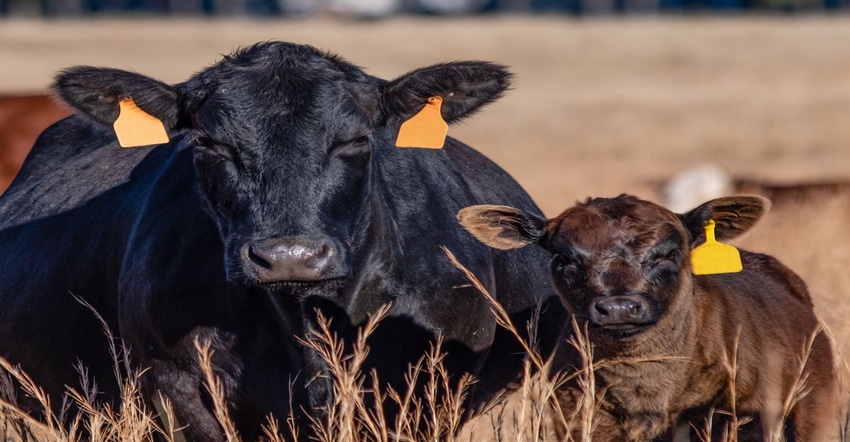A glance into Oklahoma’s beef calf market
To be included in a Oklahoma Quality Beef Network, calves have to be verified.
November 22, 2022

The Oklahoma Quality Beef Network (OQBN) Vac-45 Program is a beef calf preconditioning program implemented by Oklahoma State University Extension in partnership with the Oklahoma Cattlemen’s Association, with the goal of providing a value-added marketing opportunity for cow-calf producers. For calves to become OQBN Vac-45 certified, they must be weaned for at least 45 days and receive two rounds of vaccinations (initial vaccination and booster) against pathogens responsible for bovine respiratory disease (BRD) and clostridial bacteria that cause blackleg. Viral pathogens responsible for respiratory infection include infectious bovine rhinotracheitis (IBR), bovine viral diarrhea virus (BVD), parainfluenza virus type 3 (PI3), and bovine respiratory syncytial virus (BRSV). It is also necessary to vaccinate against the common respiratory bacterial pathogen Mannhemia haemolytica, which is an opportunistic colonizer of the lower respiratory tract, often causing calf morbidity and mortality following a primary viral infection.
In addition to being weaned and vaccinated, calves must be bunk broke, castrated, and dehorned before the date of sale, and deworming is recommended. Oklahoma State Extension Agents verify that calves have met program requirements. Once verified, calves receive OQBN Vac-45 Certification and may participate in OQBN Vac-45 Program-sanctioned sales, taking place at various Oklahoma livestock auction facilities.
Each year sale data is collected by extension professionals for calves participating in the OQBN Vac-45 program, other preconditioning programs, and calves not participating in a branded preconditioning program. This sale data is useful in identifying and evaluating current market trends and beef calf characteristics. Eleven years of OQBN sale data (2011-2021) were recently analyzed. Data was collected at 91 individual livestock sales, which took place at 10 Oklahoma livestock facilities, with an average of 8 sales conducted each year. A total of 149,525 calves were described using 42 market characteristics for 12 market traits (the number of assigned characteristics depended on the given trait).
There was an increase in the percentage of red calves sold over time, increasing from approximately 2% of total sales in 2011, to approximately 12% of total sales in 2021. However, black-hided calves continue to dominate the market and accounted for approximately 68% of total sales in 2021.
Sale data indicated a decrease in the sale of over-conditioned “fleshy” or “fat” calves, with an increase in the sale of calves in “average” body condition, over time. Fleshy calves receive market discounts for exhibiting excess body condition. The decrease in the sale of fleshy calves is evidence of improved calf nutritional management.
This data also shows there were increases in the percentage of calves selling as weaned and vaccinated, that were not part of a specific preconditioning program, even though there appears to be value in participating in some form of preconditioning program.
From 2011 to 2021 calves enrolled in the OQBN Vac-45 Program received an average premium of $12.55/cwt compared to non-preconditioned calves sold in the same sales. So far this year, preconditioned calf sales have started out with considerable premiums over non-preconditioned cattle. The first preconditioned calf sales in Oklahoma for the fall of 2022 have preliminary weighted average premiums of over $15/cwt.
Source: Oklahoma State University
You May Also Like


.png?width=300&auto=webp&quality=80&disable=upscale)
